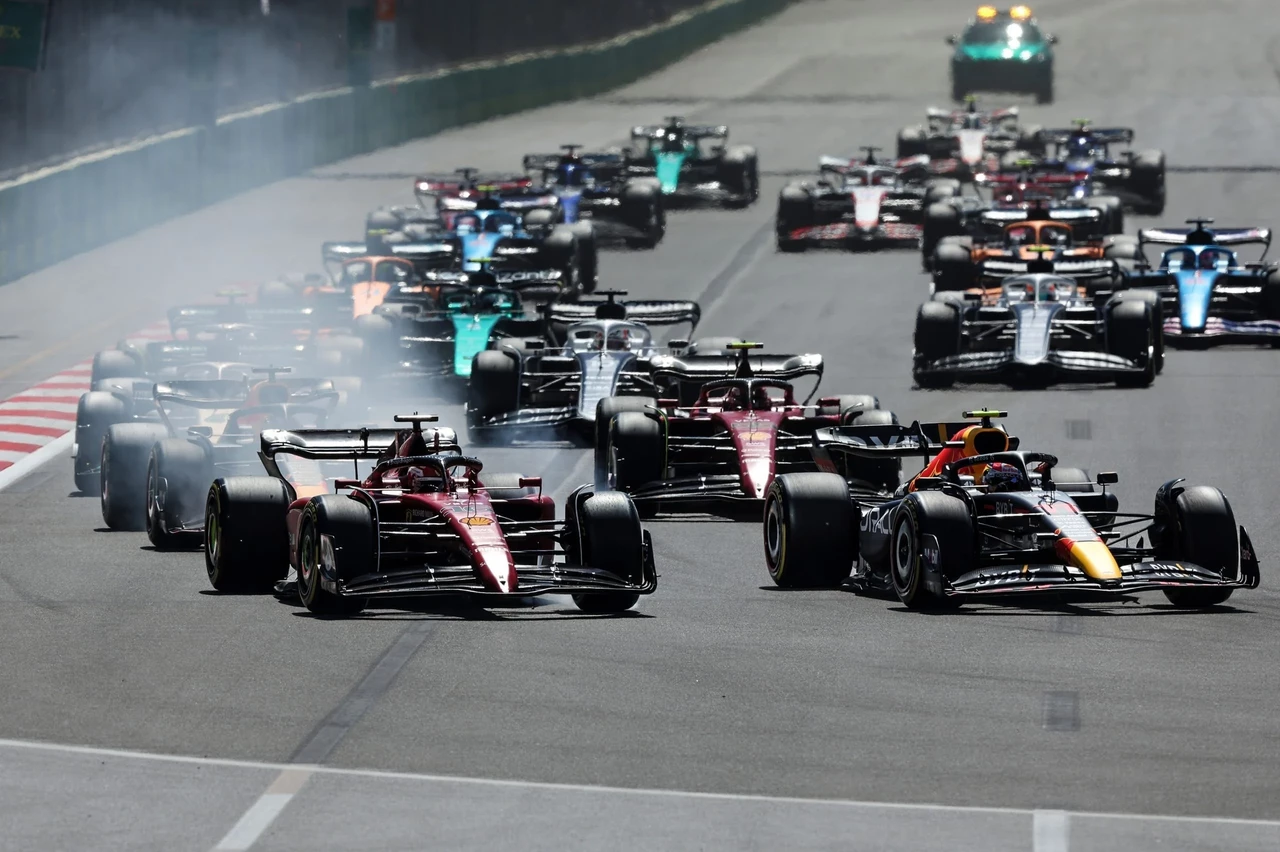The Canadian Grand Prix is one of the most popular and exciting races on the Formula One calendar, with a long and rich history that spans over six decades.
From its humble beginnings as a sports car event at Mosport Park in 1961, to its current home at the spectacular Circuit Gilles Villeneuve in Montreal, the Canadian Grand Prix has witnessed some of the most legendary drivers, constructors and moments in the history of motorsport.
In this article, we will take you on a thrilling race through history, as we explore the origins, evolution and highlights of this iconic event. Whether you are a fan of Formula One, or just curious about the Canadian Grand Prix, you will find something to interest and entertain you in this article.
So buckle up and get ready for the ride of your life!
Index Of The Article
- The History Of The Canadian Grand Prix
- When Is The Canadian Grand Prix?
- The Canadian Grand Prix Circuit
- The Best Stands To Watch The Canadian Grand Prix-Why
- Famous Racing Battles At The Canadian Grand Prix
- Which F1 Driver(s) Has Won The Most Times At The Canadian Grand Prix
- Famous Accidents At The Canadian Grand Prix
- How To Buy Tickets For The Canadian Grand Prix
- How Much Are Tickets To The Canadian Grand Prix?
- How To Get To The Canadian Grand Prix
- Canadian Grand Prix Facts To Impress Your Friends
The History Of The Canadian Grand Prix

The history of the Canadian Grand Prix is a long and rich one, dating back to 1961 when it was first held as a sports car event at Mosport Park near Toronto.
The Canadian Grand Prix made its debut in the world of Formula 1 in 1967, and it has since become a beloved event among motorsport enthusiasts.
Initially held at Mosport Park, the race moved to Circuit Mont-Tremblant and then to Circuit Île Notre-Dame, where it found its long-term home.
Over the years, the Canadian Grand Prix has showcased some legendary moments, making it an integral part of Formula 1’s history.
Famous drivers such as Ayrton Senna, Michael Schumacher, and Lewis Hamilton have all left their mark on this iconic race.
The Canadian Grand Prix is known for its exciting and unpredictable races, with many overtaking opportunities, incidents, and safety cars. Some of the most successful drivers at the Canadian Grand Prix are Michael Schumacher and Lewis Hamilton, who have both won seven times.
The race has also seen some memorable moments, such as Gilles Villeneuve’s maiden win in 1978, Robert Kubica’s comeback victory in 2008 after a horrific crash the previous year, and Jenson Button’s epic drive from last to first in 2011.
When Is The Canadian Grand Prix?
The Canadian Gran Prix is being held on the weekend of the 16th to 18th June 2023.
18-Jun
Main Race
14:00
17-Jun
Qualifying
16:00 – 17:00
17-Jun
Practice 3
12:30 – 13:30
16-Jun
Practice 2
17:00 – 18:00
16-Jun
Practice 1
13:30 – 14:30
The Canadian Grand Prix Circuit
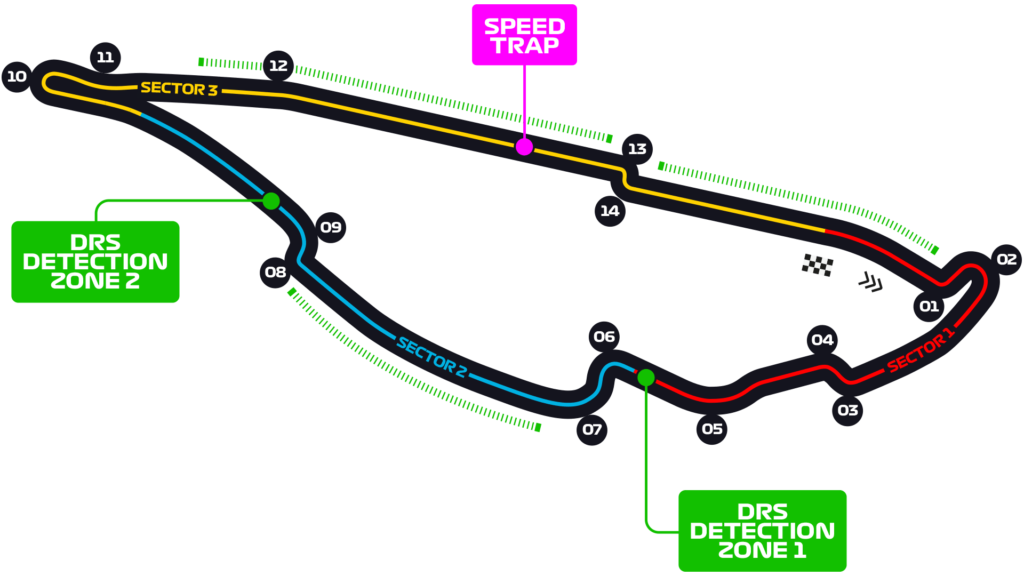
The Circuit Gilles Villeneuve is a semi-permanent street circuit that hosts the Canadian Grand Prix, one of the most popular and exciting races in Formula 1. The circuit is located on a man-made island in the St. Lawrence River, near the city of Montreal. The circuit is named after Gilles Villeneuve, a Canadian racing legend who died in 1982.
The layout of the circuit is a mix of long straights, tight corners and chicanes that challenge the drivers and the cars. The track is 4.361 km long and has 14 turns.
The cars reach speeds of over 300 km/h on the main straight and the Casino Straight, where they have to brake hard for the hairpin and the final chicane. The main overtaking opportunities are at the end of these straights, as well as at the Senna S, the first corner after the start/finish line.
The Wall Of Champions
The track also has some iconic features, such as the Wall of Champions, a concrete barrier at the exit of the final chicane. It has claimed several world champions, such as Damon Hill, Michael Schumacher and Jacques Villeneuve.
The track also has a unique atmosphere, as it is surrounded by water, trees and fans. The track is also known for its unpredictable weather and variable grip conditions, which can make the race more challenging and exciting.
When The Lights Ho Out
The lap starts with a blast down the main straight, where the cars approach the first braking zone at over 300 km/h. The Senna S is a sharp left-right chicane that requires precise timing and steering to avoid losing speed and time.
The exit leads to a short straight that runs along the river, before reaching turn 3, a fast right-hander that can be taken flat out in modern F1 cars.
The drivers then face turn 4, a slow left-hander that leads to another short straight. Turn 5 is a fast right-hander that opens up to a longer straight that runs parallel to the main straight. Turn 6 is a slow left-hander that marks the beginning of the Casino Straight, one of the longest and fastest straights in Formula 1.
Cars Reach Speeds Of 330km/h
The cars reach over 330 km/h before braking hard for turn 8, a tight right-hander that leads to turn 9, a slow left-hander that forms the hairpin. This is one of the slowest corners in Formula 1, where the cars slow down to about 60 km/h. This is also one of the best overtaking spots on the track, as well as a magnet for first-lap tussles.
The exit of turn 9 leads to another long straight that runs along the river and under a bridge. Turn 10 is a fast left-hander that can be taken flat out or with a slight lift. Turn 11 is a fast right-hander that leads to turn 12, a slow left-hander that marks the entrance of the final chicane.
The final chicane is one of the most challenging and crucial corners on the track, as it requires hard braking and quick direction changes. The drivers have to avoid hitting the kerbs or cutting across them, as they can damage their cars or incur penalties. The exit of turn 14 leads to turn 15, a fast right-hander that brings them back to the main straight.
The drivers then have to be careful not to hit the Wall of Champions, which lies just inches away from their right wheels.
The Best Stands To Watch The Canadian Grand Prix – Why
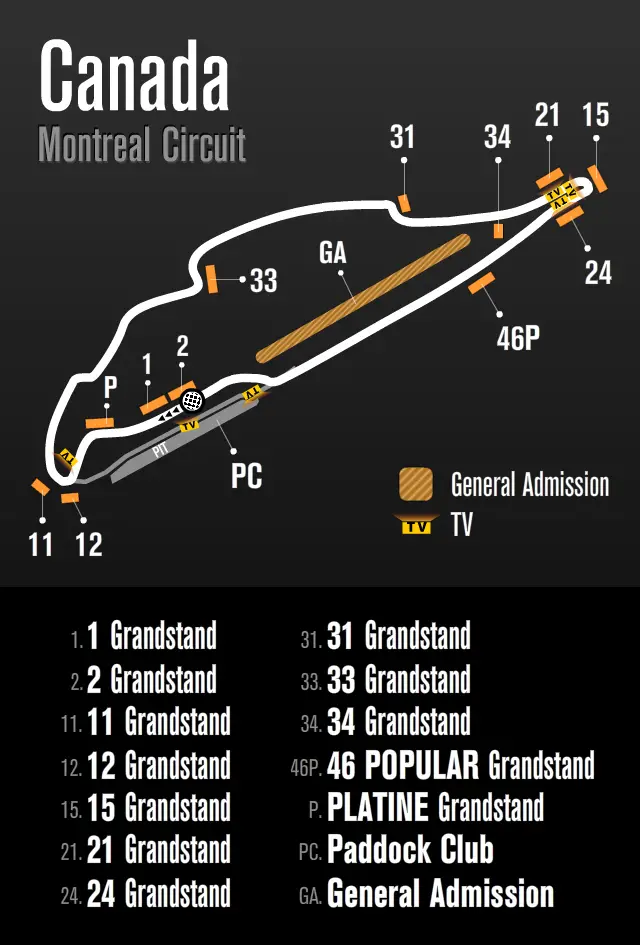
Choosing the best stand to watch the Canadian Grand Prix largely depends on personal preference. However, several stands offer excellent views and unique experiences.
Some of the best stands to watch the Canadian Grand Prix from are:
The Grandstand 1
This is the most expensive and prestigious stand, located opposite the pit lane and the start/finish line.
You can see the cars lining up on the grid, the start and finish of the race, the pit stops and the podium ceremony. You can also enjoy a panoramic view of the track and the river.
This stand is ideal for those who want to witness the most important moments of the race and feel the atmosphere of Montreal.
The Grandstand 11
This is a popular and affordable stand, located at the exit of the final chicane. You can see the cars braking hard for the last corner and accelerating out of it.
You can also catch some overtaking action and witness the speed and skill of the drivers. This stand is ideal for those who want to see some racing action and appreciate the technical aspects of the track.
The Grandstand 15
This is another popular and affordable stand, located at the entrance of turn 10. You can see the cars speeding down the long straight and entering a fast left-hander. You can also enjoy a view of the bridge and the river.
This stand is ideal for those who want to see some speed and scenery at Montreal.
The Grandstand 24
This is a new and modern stand, located at turn 2. You can see the cars exiting the Senna S chicane and entering a fast right-hander.
You can also enjoy a comfortable and spacious seat with a large screen in front of you. This stand is ideal for those who want to see some speed and comfort at Montreal.
These stands are also close to the metro station and have a good view of a large TV screen.
The Grandstand 31
This is a classic and historic stand, located at turn 5. You can see the cars entering a fast right-hander that opens up to a longer straight. You can also enjoy a view of the old Olympic rowing basin, which adds to the charm of Montreal.
This stand is ideal for those who want to see some history and tradition at Montreal.
General Admission Tickets
You can also opt for general admission tickets, which allow you to access different areas of the track and find your own spot.
Whatever you choose, you will surely have a memorable experience at Montreal, one of the most special and scenic circuits in Formula 1.
Famous Racing Battles At The Canadian Grand Prix
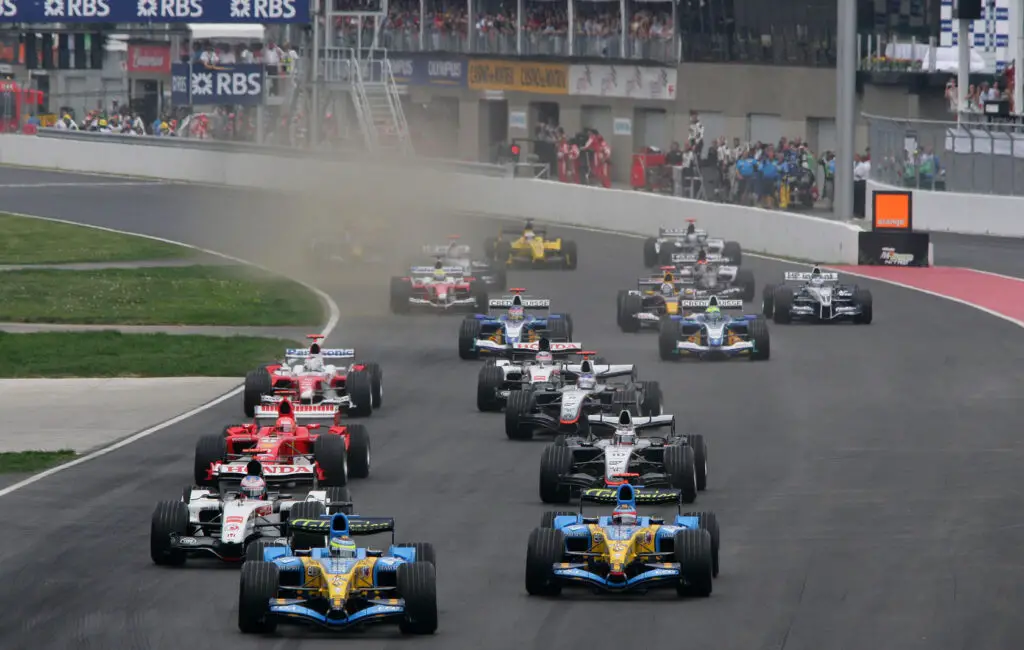
The Canadian Grand Prix has been home to several unforgettable racing battles throughout its history.
One of the most iconic battles occurred in 2011 when Jenson Button, starting from last place, fought his way through the field to secure a sensational victory.
Another notable duel took place in 2005 when Kimi Räikkönen and Michael Schumacher battled for the win until the final lap, with Räikkönen emerging triumphant.
These thrilling battles have solidified the Canadian Grand Prix as a race where anything can happen.
Which F1 Driver(s) Has Won The Most Times At The Canadian Grand Prix
the two drivers who have won the most times at the Canadian Grand Prix are Michael Schumacher and Lewis Hamilton, with seven wins each.
It Was Lewis Hamilton’s First F1 Win
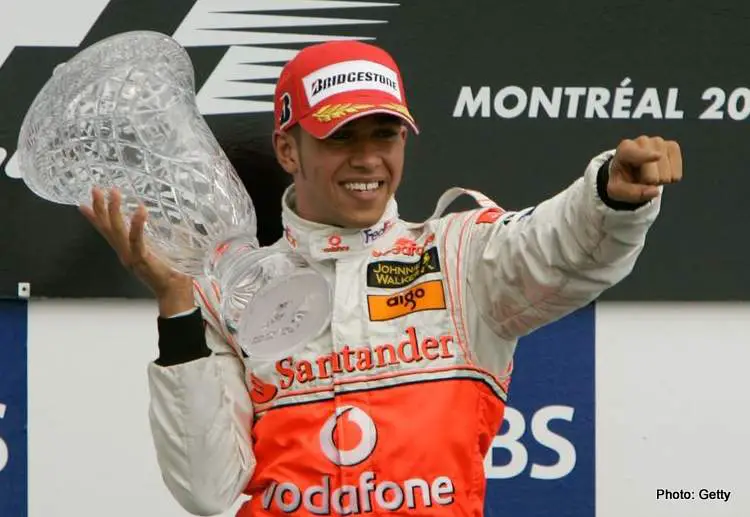
Hamilton’s first win at the circuit in 2007 was also his first ever victory in F1. Schumacher’s last win at the circuit was in 2004.
The next most successful driver at the Canadian Grand Prix is Sebastian Vettel, with two wins and two second places2. His last win was in 2018.
The following lists all of the Canadian Grand Prix winners.
Before The Race Moved To Circuit Gilles Villeneuve
| Year | Circuit | Driver | Constructor |
|---|---|---|---|
| 1967 | Mosport Park | Jack Brabham | Brabham-Repco |
| 1968 | Circuit Mont-Tremblant | Denny Hulme | McLaren-Ford Cosworth |
| 1969 | Mosport Park | Jacky Ickx | Brabham-Ford Cosworth |
| 1970 | Circuit Mont-Tremblant | Jacky Ickx | Ferrari |
| 1971 | Mosport Park | Jackie Stewart | Tyrrell-Ford Cosworth |
| 1972 | Mosport Park | Jackie Stewart | Tyrrell-Ford Cosworth |
| 1973 | Mosport Park | Peter Revson | McLaren-Ford Cosworth |
| 1974 | Mosport Park | Emerson Fittipaldi | McLaren-Ford Cosworth |
| 1976 | Mosport Park | James Hunt | McLaren-Ford Cosworth |
| 1977 | Mosport Park | Jody Scheckter | Wolf-Ford Cosworth |
All The Winners At The Circuit Gilles Villeneuve
| Year | Driver | Constructor |
|---|---|---|
| 1978 | Gilles Villeneuve | Ferrari |
| 1979 | Alan Jones | Williams-Ford Cosworth |
| 1980 | Alan Jones | Williams-Ford Cosworth |
| 1981 | Jacques Laffite | Ligier-Matra |
| 1982 | Nelson Piquet | Brabham-BMW |
| 1983 | René Arnoux | Ferrari |
| 1984 | Nelson Piquet | Brabham-BMW |
| 1985 | Michele Alboreto | Ferrari |
| 1986 | Nigel Mansell | Williams-Honda |
| 1988 | Ayrton Senna | McLaren-Honda |
| 1989 | Thierry Boutsen | Williams-Renault |
| 1990 | Ayrton Senna | McLaren-Honda |
| 1991 | Nelson Piquet | Benetton-Ford Cosworth |
| 1992 | Gerhard Berger | McLaren-Honda |
| 1993 | Alain Prost | Williams-Renault |
| 1994 | Michael Schumacher | Benetton-Ford Cosworth |
| 1995 | Jean Alesi | Ferrari |
| 1996 | Damon Hill | Williams-Renault |
| 1997 | Michael Schumacher | Ferrari |
| 1998 | Michael Schumacher | Ferrari |
| 1999 | Mika Häkkinen | McLaren-Mercedes |
| 2000 | Michael Schumacher | Ferrari |
| 2001 | Ralf Schumacher | Williams-BMW |
| 2002 | Michael Schumacher | Ferrari |
| 2003 | Michael Schumacher | Ferrari |
| 2004 | Michael Schumacher | Ferrari |
| 2005 | Kimi Räikkönen | McLaren-Mercedes |
| 2006 | Fernando Alonso | Renault |
| 2007 | Lewis Hamilton | McLaren-Mercedes |
| 2008 | Robert Kubica | BMW Sauber |
| 2010 | Lewis Hamilton | McLaren-Mercedes |
| 2011 | Jenson Button | McLaren-Mercedes |
| 2012 | Lewis Hamilton | McLaren-Mercedes |
| 2013 | Sebastian Vettel | Red Bull-Renault |
| 2014 | Daniel Ricciardo | Red Bull-Renault |
| 2015 | Lewis Hamilton | Mercedes |
| 2016 | Lewis Hamilton | Mercedes |
| 2017 | Lewis Hamilton | Mercedes |
| 2018 | Sebastian Vettel | Ferrari |
| 2019 | Lewis Hamilton | Mercedes |
| 2020 | N/A | N/A |
| 2021 | N/A | N/A |
| 2022 | Max Verstappen | Red Bull Racing – RBPT |
Famous Accidents At The Canadian Grand Prix
Like any high-speed motorsport event, the Canadian Grand Prix has witnessed its fair share of accidents. In 1995, Jean Alesi collided with Gerhard Berger, resulting in both cars flipping over.
Another notable incident occurred in 2011 when Jenson Button and Sebastian Vettel collided, forcing both drivers to retire from the race. These accidents highlight the intense nature of the Canadian Grand Prix, and the risks drivers face on the challenging Circuit Île Notre-Dame.
How To Buy Tickets For The Canadian Grand Prix
To purchase tickets for the Canadian Grand Prix, you have a few options:
Official Formula 1 Website
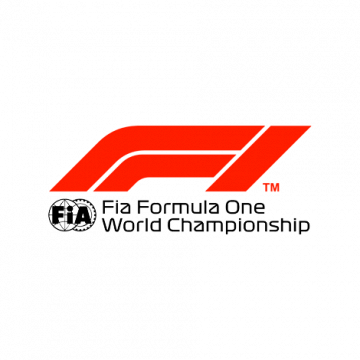
The official Formula 1 website is the primary source for purchasing tickets.
Visit the website and navigate to the Canadian Grand Prix event page.
There, you will find ticket options for various grandstands and general admission areas. Select the desired seating or package, add it to your cart, and proceed to checkout. Follow the instructions to complete your purchase securely.
Authorized Ticket Resellers
There are authorized ticket resellers who offer Canadian Grand Prix tickets.
These resellers often provide different packages and options, including hospitality packages, hotel accommodations, and additional perks.
Ensure that you purchase tickets from reputable resellers to avoid scams or counterfeit tickets. Check for authorized reseller listings on the official Formula 1 website or search for trusted resellers online.
Travel Agencies and Tour Operators
Travel agencies and tour operators may offer Canadian Grand Prix packages that include not only tickets but also accommodations, transportation, and other amenities.
These packages can provide a convenient and hassle-free experience for attending the race. Research and compare different agencies, considering factors such as reputation, customer reviews, and package inclusions.
How Much Are Tickets To The Canadian Grand Prix?

The tickets for the 2023 Canadian Grand Prix vary depending on the type and location of the seats, as well as the package options. According to one source1, some of the prices for grandstand tickets are:
| Grandstand | Price and length |
|---|---|
| Grandstand 1 | $670 for a 3-day pass |
| Grandstand 11 and 12 | $555 for a 3-day pass |
| Grandstand 15, 21 and 24 | $555 for a 3-day pass |
| Grandstand 31 | $365 for a 3-day pass |
| Grandstand 34 | $395 for a 3-day pass |
| Popular Grandstand 46 | $295 for a 3-day pass |
| Platinum Grandstand | $995 for a 3-day pass |
| General Admission | $175-$250 for a 3-day pass |
There are also VIP fan experience tickets and suite/chalet/corporate tickets that offer more exclusive amenities and access, but they are more expensive.
For example, one source2 offers a Champions Club Rouge Package for $5799 and a Team Paddock Club for $20000.
How To Get To The Canadian Grand Prix
There are several ways to get to the Canadian Grand Prix, depending on where you are staying and how you prefer to travel. According to one source1, some of the options are:
Air Travel
If you are traveling from a distant location, flying to Montréal-Pierre Elliott Trudeau International Airport (YUL) is a convenient option. The airport is approximately 20 kilometers (12 miles) from the city center.
Metro
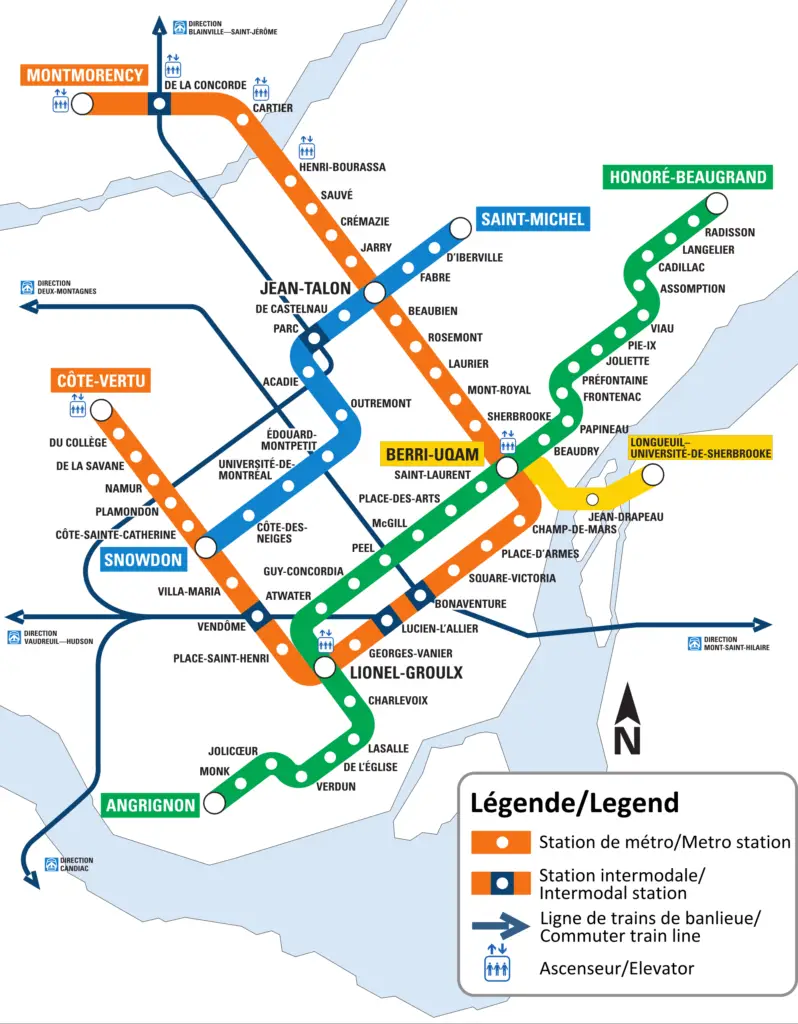
This is the most convenient and popular way of getting to the circuit, which is located on an island in the St Lawrence river.
The Montreal Subway System (STM) services the Jean-Drapeau station on the yellow line, which is close to the circuit Gilles Villeneuve. The trains run frequently and take between 10 and 40 minutes from downtown Montreal.
You will need to walk for 10-25 minutes from the station to the circuit, depending on your seat location. The fare is CA$3.25 for a single journey or you can buy a weekend or 3-day pass for unlimited travel on the metro and bus systems.
River Shuttle
This is a more relaxed and scenic way of getting to the circuit, by taking a boat ride across the river. The Navettes Maritimes river shuttle operates from two locations: Jacques-Cartier Pier in Old Montreal and King Edward Pier at Clock Tower Quay.
The shuttle takes about 15 minutes and costs CA$12 for a round trip or CA$20 for a weekend pass. You will need to walk for 5-10 minutes from the dock to the circuit.
Driving And Parking
This is not recommended, as traffic can be very heavy, and parking is limited and expensive near the circuit.
You will also need to walk for 15-30 minutes from the parking lot to the circuit. If you do decide to drive, you can park at Parc Jean-Drapeau (CA$30 per day) or at Longueuil metro station (CA$9 per day) and take the metro from there.
Taxi
This is a convenient but costly option, especially during peak times.
You can take a taxi from downtown Montreal to Parc Jean-Drapeau for about CA$25-35 one way, but you will still need to walk for 15-30 minutes from the drop-off point to the circuit.
You may also have difficulty finding a taxi after the race, as demand will be high.
Canadian Grand Prix Facts To Impress Your Friends
The Canadian Grand Prix is one of the most popular and exciting races on the Formula 1 calendar, with a long and rich history. Here are some of the facts that will help you impress your friends:
The First Race
The first Canadian Grand Prix was held in 1961 as a sports car race at Mosport Park near Toronto, but it became part of the Formula One World Championship in 1967.
It hasn’t Always Been Held At the Circuit Gilles Villeneuve
The race has been held at different venues over the years, including Circuit Mont-Tremblant in Quebec and Circuit Gilles Villeneuve in Montreal, where it has been staged since 1978, except for 1987 and 2009 when it was not on the calendar.
The Origin Of The Name Circuit Gilles Villeneuve
The circuit is named after Gilles Villeneuve, a Canadian racing legend who won his first and only F1 race at the track in 1978 driving for Ferrari. He died in a crash during qualifying for the Belgian Grand Prix in 1982.
Where Is The Circuit Gilles Villeneuve
The circuit is located on an artificial island in the St Lawrence river, which was created for the Expo 67 world fair. It is also part of Parc Jean-Drapeau, a recreational area that hosted some events of the 1976 Montreal Olympics.
Some Of The Features Of The Circuit
The circuit is known for its high-speed straights and tight corners, as well as its infamous ‘Wall of Champions’, a concrete barrier at the final chicane that has claimed many drivers over the years, including world champions Damon Hill, Jacques Villeneuve, Michael Schumacher and Sebastian Vettel.
When Is The Canadian Gran Prix Held?
The race is usually held in June and attracts large and enthusiastic crowds of fans from Canada and around the world. The city of Montreal also offers a vibrant and diverse cultural scene, with many festivals, restaurants, bars and attractions to enjoy.
Which Drivers Have The Most Wins?
Michael Schumacher and Lewis Hamilton share the record for the most wins at the Canadian Grand Prix, with seven each. Hamilton’s first win at the circuit in 2007 was also his first ever victory in F1. Schumacher’s last win at the circuit was in 2004.
Which Drivers Win For The First Time?
Six drivers have scored their maiden F1 victory at Circuit Gilles Villeneuve: Gilles Villeneuve (1978), Thierry Boutsen (1989), Jean Alesi (1995), Lewis Hamilton (2007), Robert Kubica (2008) and Daniel Ricciardo (2014).
What Was The Longest Canadian Gran Prix?
The longest race in F1 history took place at the Canadian Grand Prix in 2011, when Jenson Button won after four hours, four minutes and 39 seconds. The race was interrupted by a two-hour red flag due to heavy rain and featured six safety car periods and a record 76 pit stops.
Is it A Good Racing
The Canadian Grand Prix is one of the most unpredictable races on the calendar, with many overtaking opportunities, incidents, and safety cars.
The race has also seen some memorable moments, such as Robert Kubica’s comeback victory in 2008 after a horrific crash the previous year, Sebastian Vettel’s controversial penalty that cost him the win in 2019, and Lewis Hamilton’s collision with his team mate Nico Rosberg in 2014.

